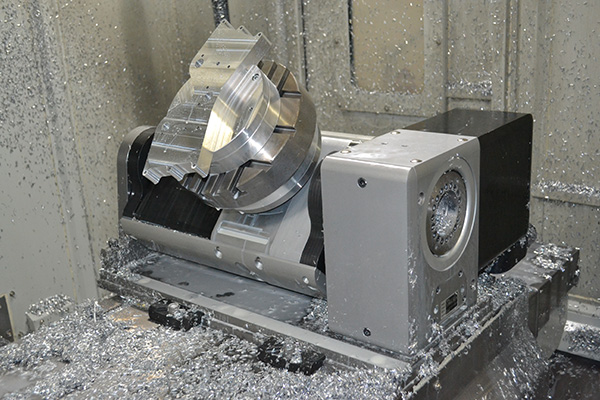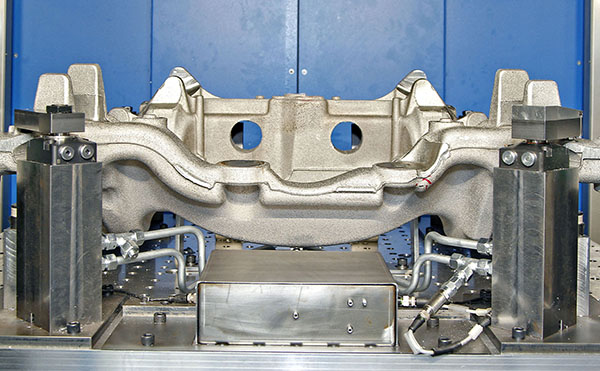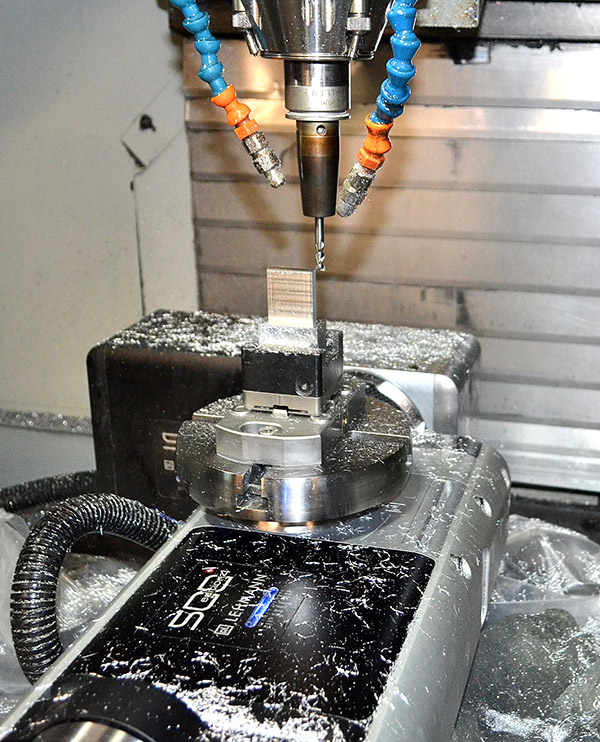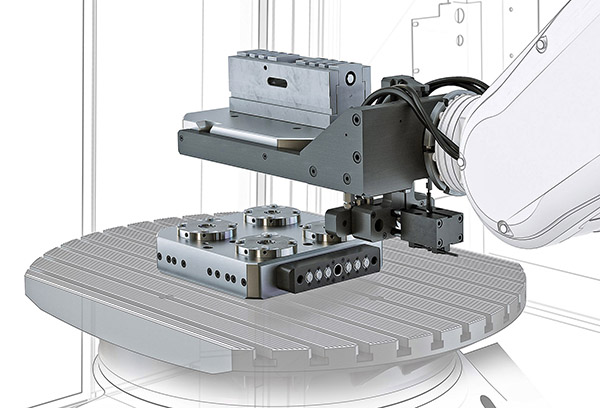
The Centrotex quick change-over interface from Hainbuch is now available in a new version for smaller machine spindles. Acclaimed by the company as the market’s smallest system for setting up clamping devices in a matter of seconds, the quick-change Centrotex S has a diameter of just 224 mm and offers repeatability better than ≤0.002 mm on the interface without having to re-align.
Hainbuch’s Centrotex S is a solution for eliminating non-productive downtime, set-up times and job changeover times that often increase when access to a compact work envelope is restrictive on operator movement and access. Featuring a fast change-over system and compact design, the Centrotex S eliminates excessive set-up times and is particularly suitable for compact machine tools with a small work envelope.
The machine adaptor mount on the spindle and the clamping device is equipped with a counterpart adaptor that can exchange with another clamping device in less than a minute. Actuation of Hainbuch’s Centrotex S is via just one radial locking screw, while ergonomic operation is now better thanks to the fewer rotations required to tighten and clamp the system. In addition, the Monteq changing fixture contributes to a faster clamping device set-up.
The new Centrotex S is suitable for clamping parts up to 52 mm diameter, and for A2-5, A2-6, AP140 and AP170 spindle nose systems.
Additionally, the Centrotex S system can offer a solution in fixed position clamping set-ups on the bed of machine tools. According to Hainbuch, the precision, rigidity and clamping forces can significantly improve machining performance, surface finishes and tool life.
For further information
www.hainbuch.com























